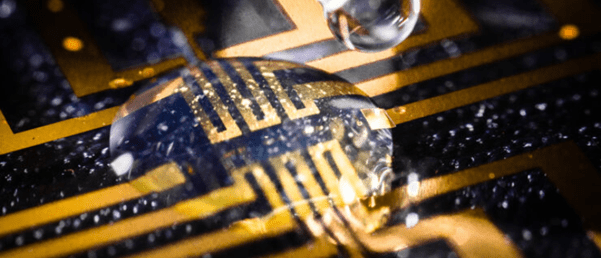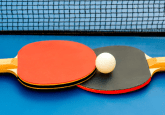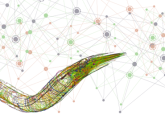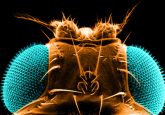Blurring the line between human and machine: growing electrodes in tissue

A new study has taken ‘biotechnology’ to a whole new level. Researchers have developed a gel that facilitates electrode growth in zebrafish and medicinal leech tissues.
Researchers from Linköping, Lund and Gothenburg universities (all Sweden) have developed a gel that becomes electrically conductive when injected into tissue, relying on molecules found in the body to trigger conductivity. This could lead to the development of further human–machine integrations that can help us understand complex biological functions and fight disease.
Previously, combining bioelectronics with living organisms’ signaling systems has been difficult and often relied on external signals, such as light or electrical energy. The current study’s bioelectronic gel bypasses these issues by being flexible and soft enough to interact with tissues while remaining sturdy enough to be injectable; additionally, the gel requires no external signals to become electrically conductive. Instead, the body’s endogenous molecular signals are enough for activation.
Researchers have combined a hydrogel material with transplanted neural stem cells to create an effective scaffold for neuronal tissue growth.
The injectable, viscous bioelectronic gel can also be targeted to specific structures in the body, such as neurons, creating interfaces for nerve stimulation.
Using the gel, the researchers successfully grew electrodes in the heart, brain and tailfins of zebrafish and in the nervous system of leeches. The gel didn’t cause any adverse reactions; however, there were other challenges to consider, one of which was making sure the organism’s immune system didn’t fight the gel or electrode formation.
Of course, a large challenge was composing a gel that contained the right substances for electrode formation as well as having the correct structure for animal tissue contact. “By making smart changes to the chemistry, we were able to develop electrodes that were accepted by the brain tissue and immune system,” commented co-author Roger Olsson (Lund and Gothenburg universities).
There is still a great deal of research that needs to be done to translate bioelectronics into humans; however, this study provides a basis upon which further research can be conducted, opening the doors for bioelectronic development that may potentially facilitate fully integrated electronic circuits in living organisms.






